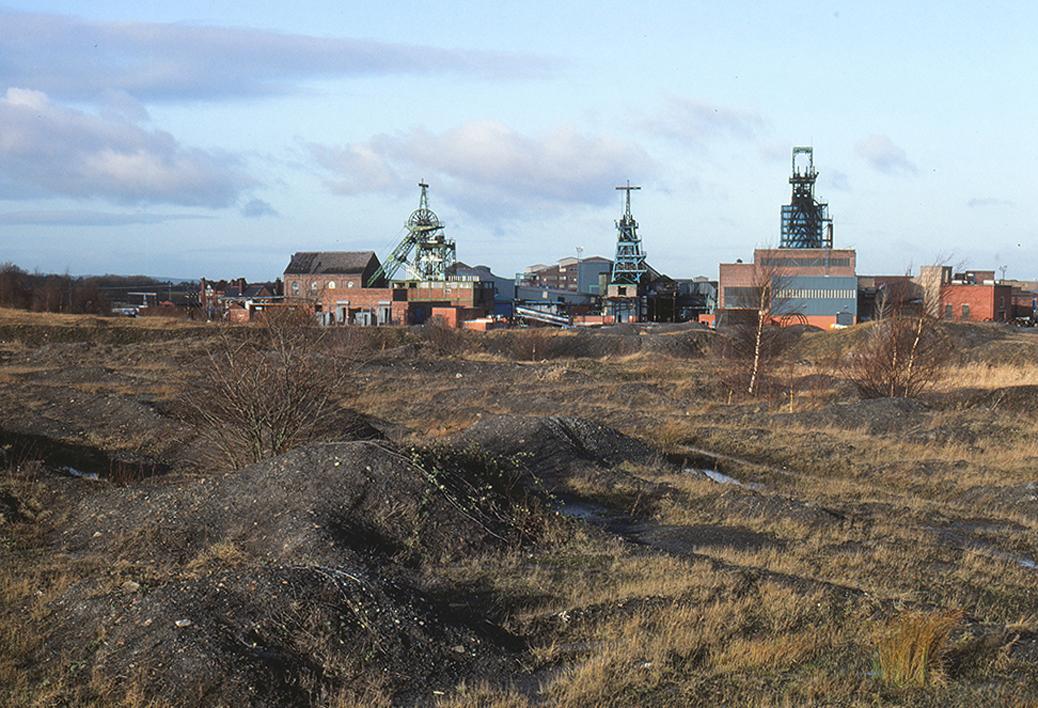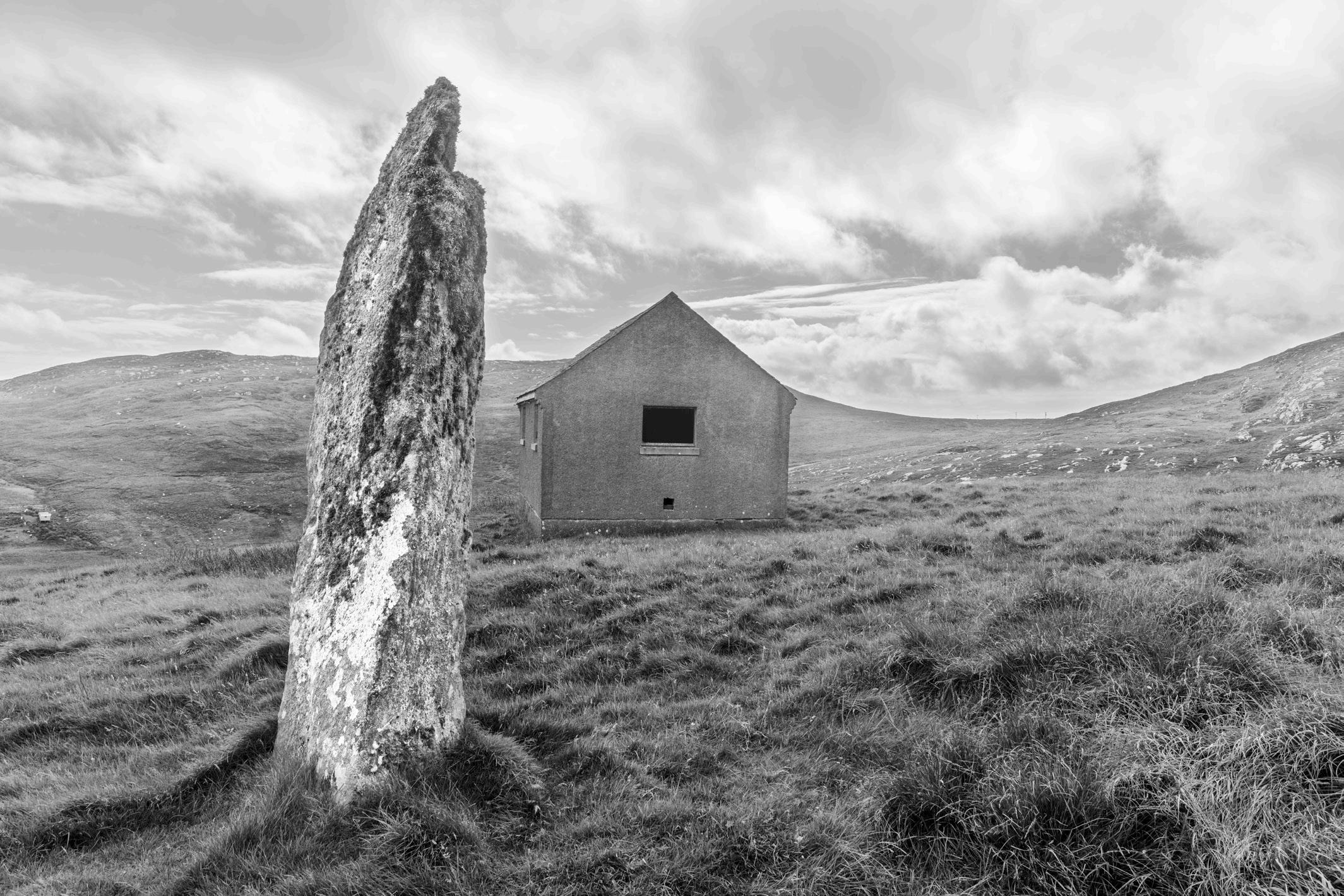
3 minute read
Island Stones
No visit to the Outer Hebrides would be complete without a visit to the stone circle at Calanais. Sitting astride a dominating ridge, it offers a commanding view of landscape in every direction. JIM SOUPER ARPS
The tones and textures of the stones and how different they look in varying light conditions, make them a great subject for photography. They are, however, only the tip of the iceberg; Calanais sits at the heart of what has been described as ‘one of the largest ritual landscapes in Britain’. My own exploration of the archaeology and heritage of the Outer Hebrides began on North Uist, where I took part in an Art and Archaeology Summer School run by the University of the Highlands and Islands. Inspired by the summer school and with the help guidebooks produced by the Hebrides Archaeological Interpretation programme, I chose to navigate the rest of my time on the islands by their archaeology. Most of the images I made on this first visit were of the more imposing standing stones and stone circles. My compositions were, for the most part, made to emphasize the stones and to exclude more recent construction. During my two subsequent visits to the Outer Hebrides I have approached things differently. This was prompted in part by feedback from a 2017 exhibition, where two images in particular were remarked upon as being the more interesting and compelling. These were images of the standing stone at Breibhig (on Barra), which included a relatively recent stone hut, and another of the Iron Age remains at Cleitreabhal Deas with modern communication masts in the background. Throughout the islands ancient Neolithic, Iron Age and Bronze Age remains lie beside the marks left on the landscape by later inhabitants of the islands. These layers of history have become my main focus.
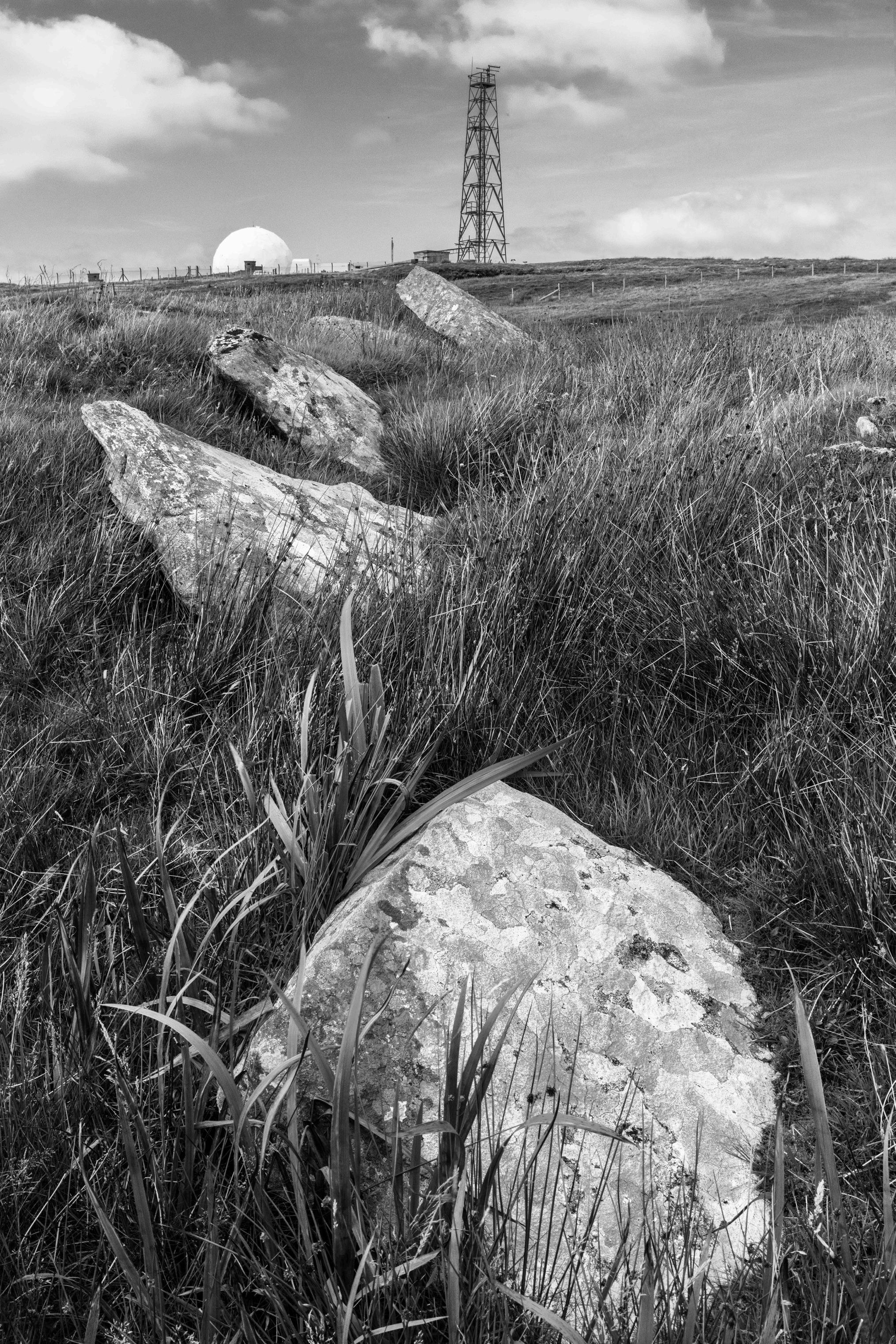
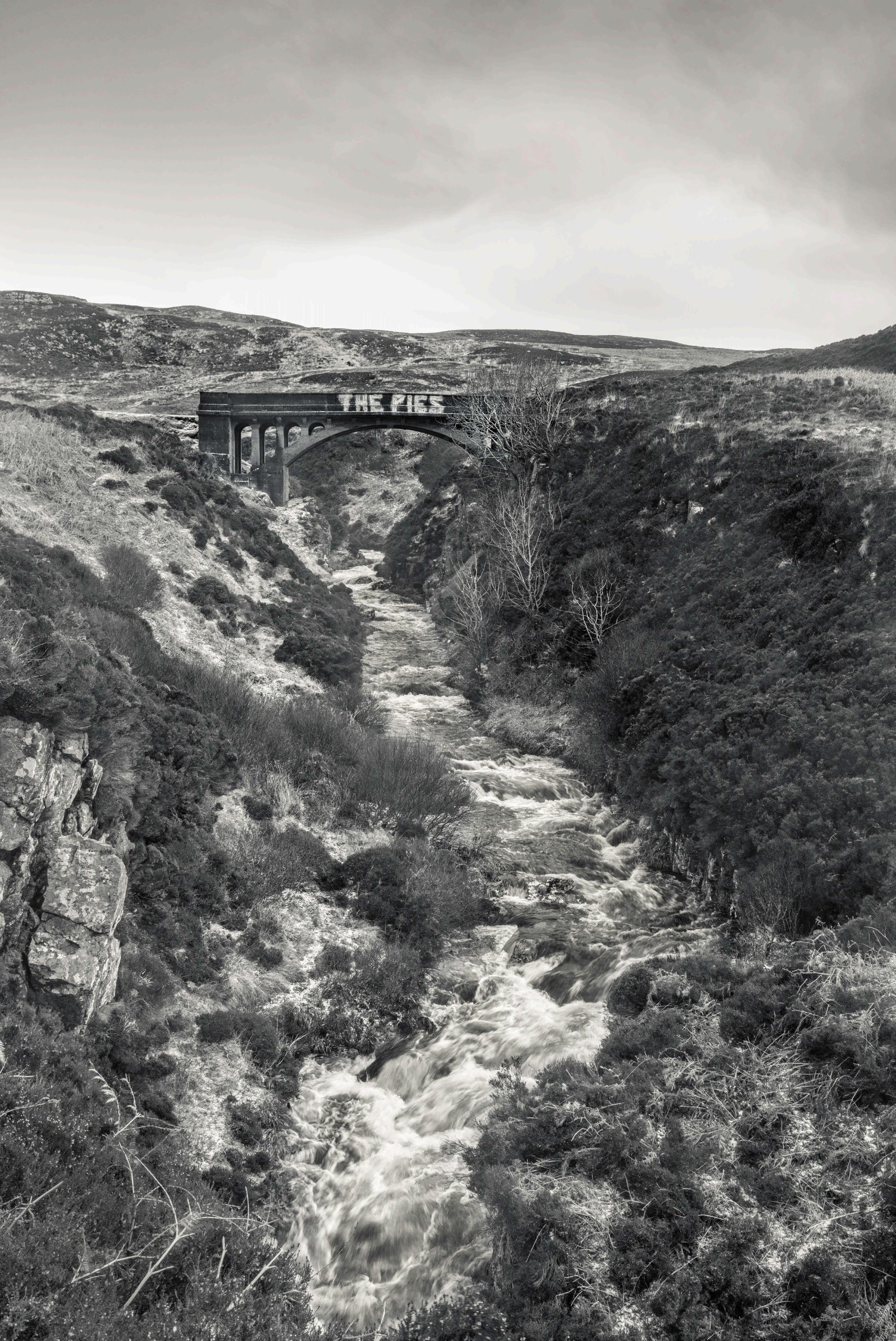
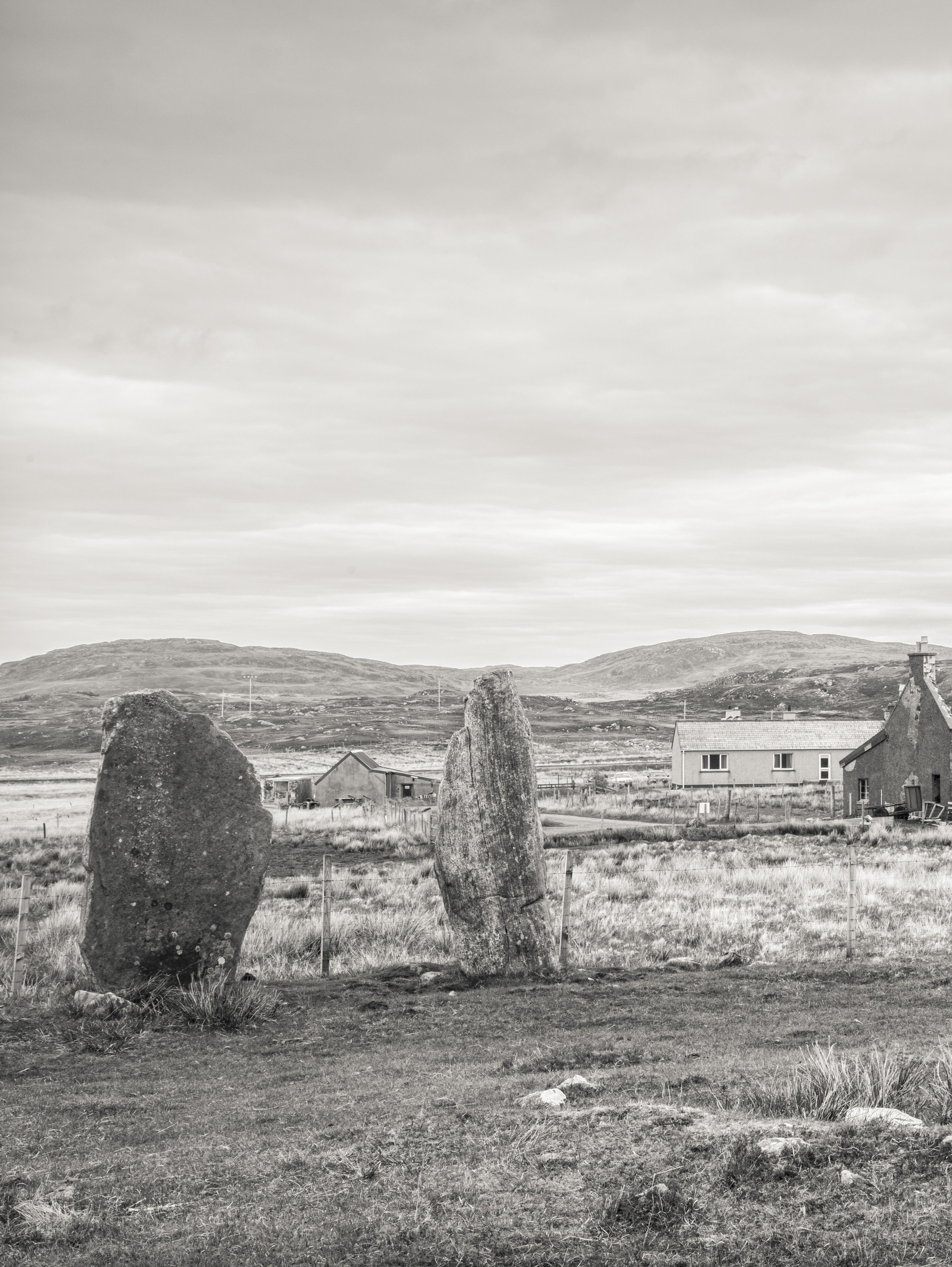
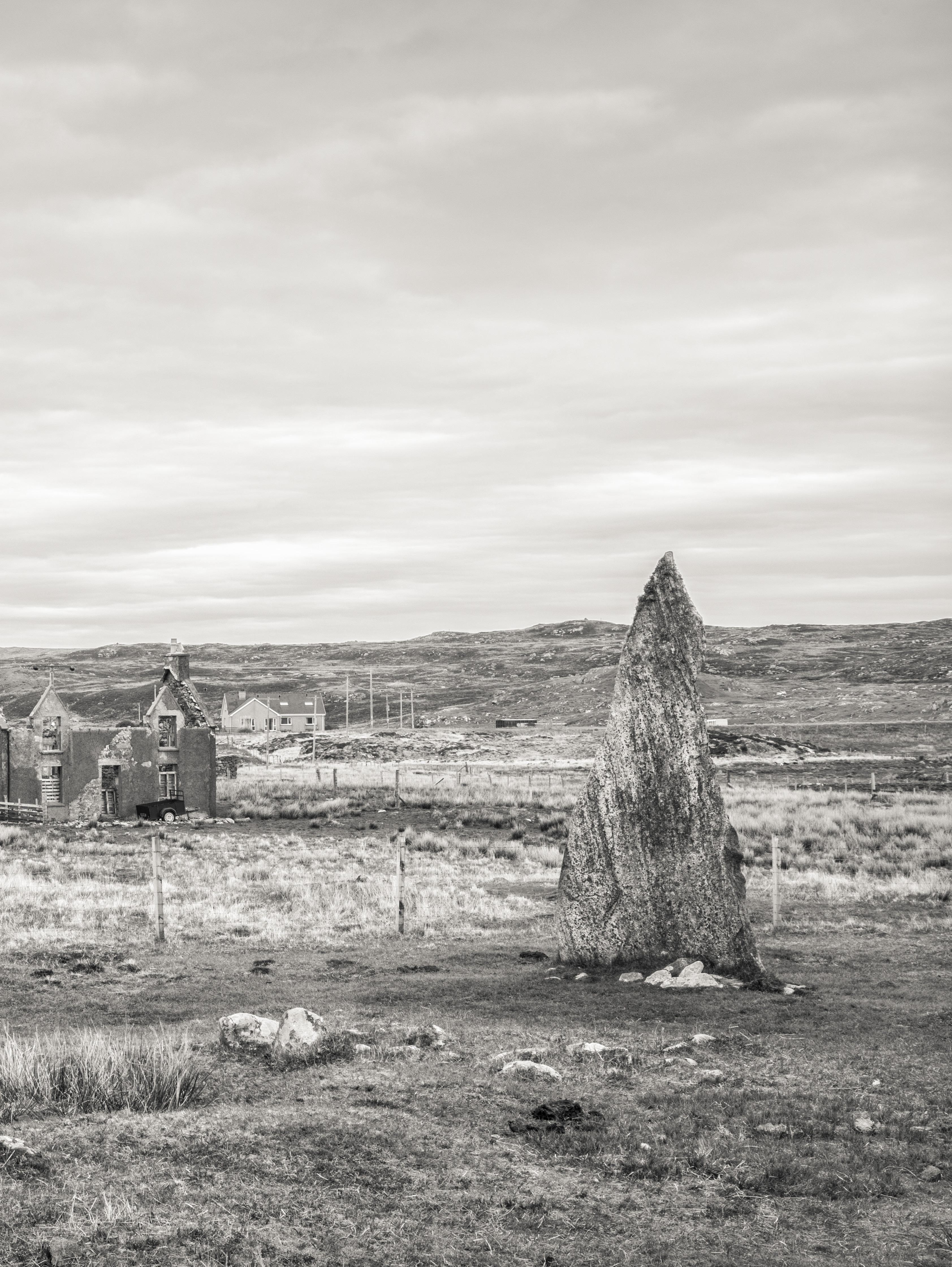
Cleitir (Calanais VIII), Great Bernera, May 2018. This unusual semi-circle of stones stands over-looking the Bernera bridge, built to link the island to Lewis in the 1950s.

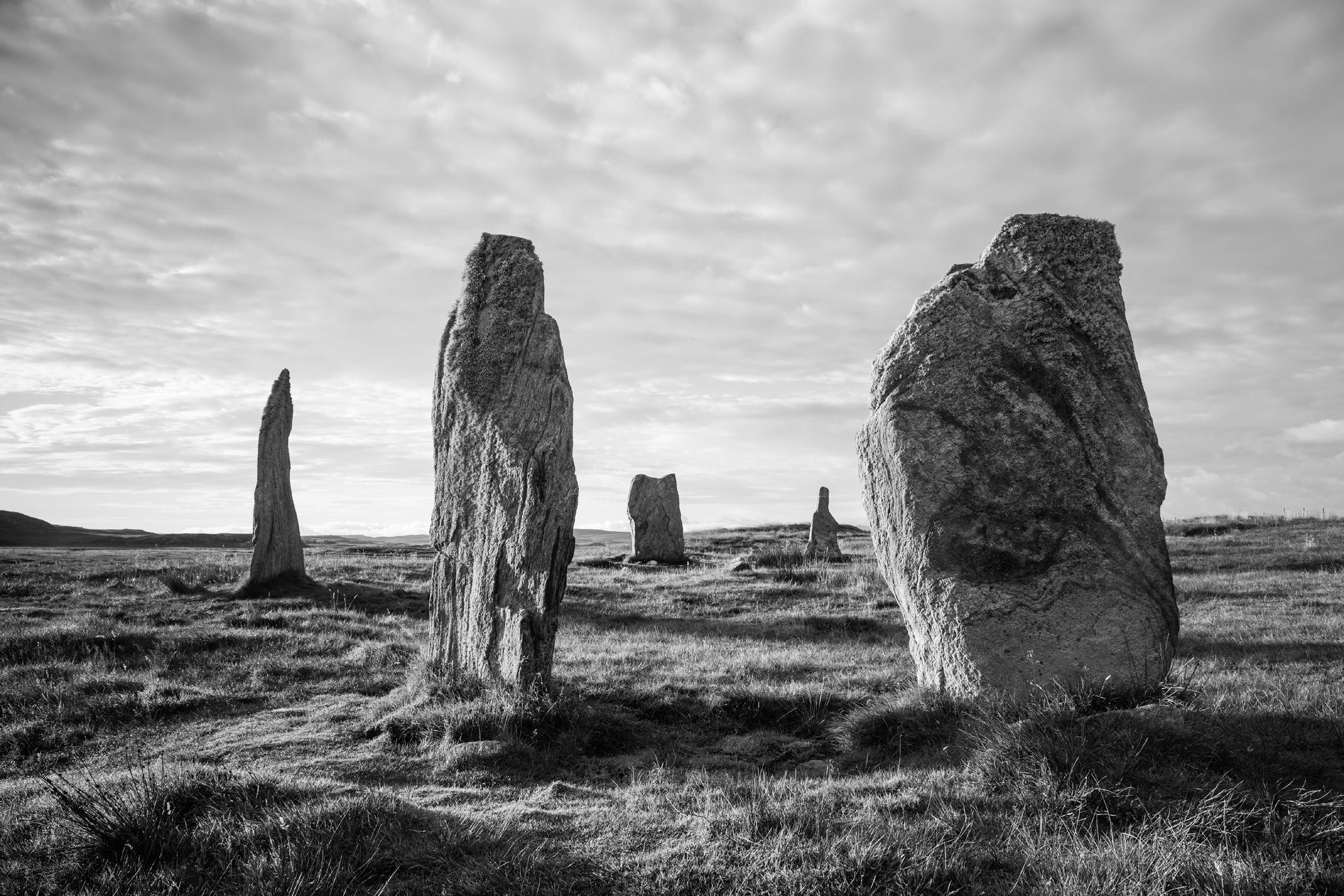
Cnoc Ceann a’ Ghàrraidh, Lewis, August 2016. Also known as Callanish II, this smaller stone circle is one of a number that lie close to the main Callanish stone circle.
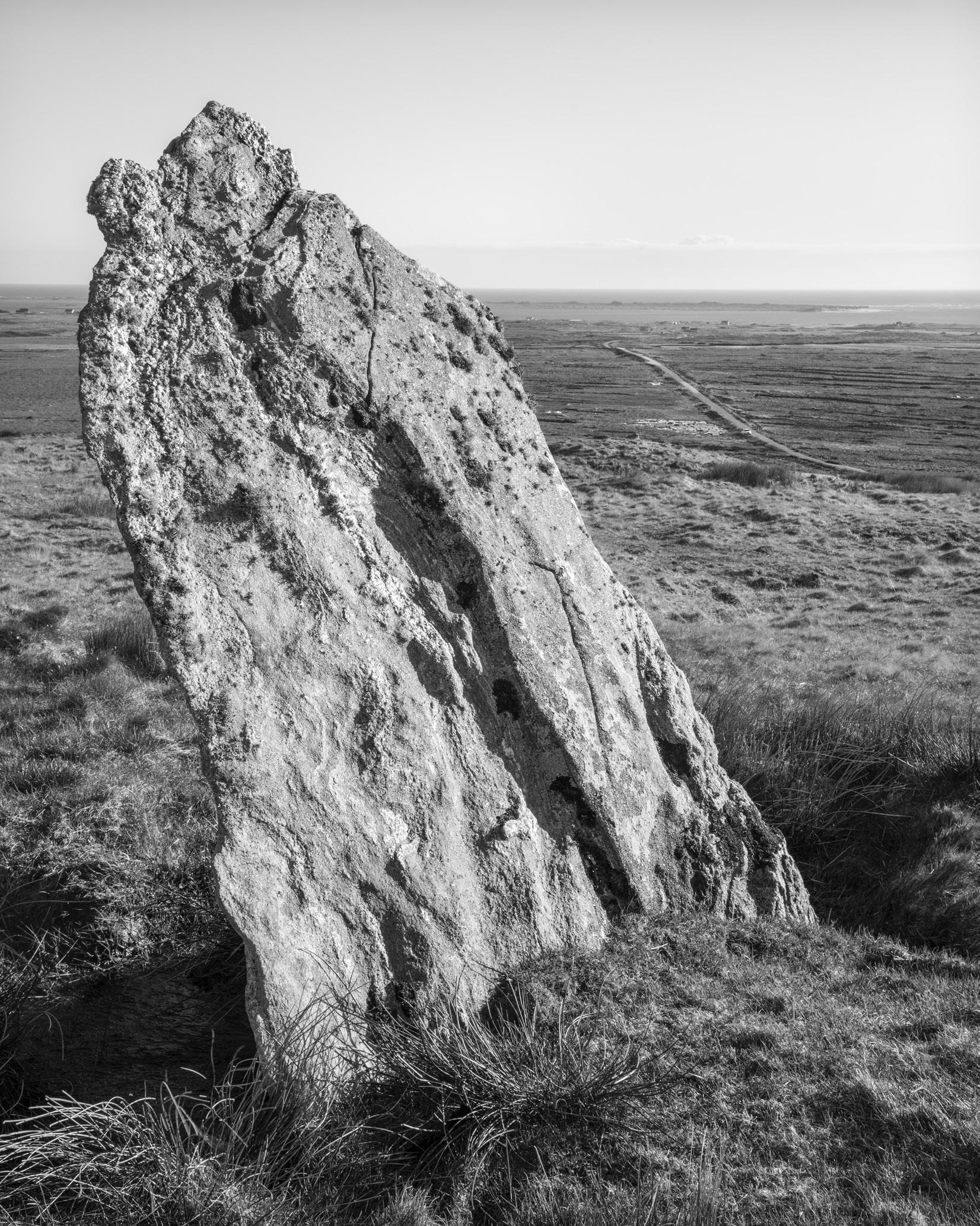
Beainn a’Charra, North Uist, May 2018. The ‘committee road’, in the distance to the right of this 2.8 metre standing stone, was built to provide work during the 1840’s potato famine.
I have often sought to juxtapose the Neolithic with the modern. Compare the image I made at Cnoc Ceann a’ Ghàrraidh in 2018, with dilapidated buildings in the background, with the one I made on my first visit in 2016, for example. Elsewhere, many stones and stone circles now lie within the boundaries of working crofts and I have sought to embrace this in the composition of my photographs. The most extreme juxtaposition of the ancient and modern I have found, is the standing stone at Stonefield which stands, on its original site, adjacent to a 1960’s housing development in Breasclete. After three visits to the Outer Hebrides there is still much to discover. There are sites I have yet to find and others where I feel I can make a better image. I am also keen to study the history of the islands in greater depth. I look forward to my next visit!
Additional Information The images I exhibited in February 2017 can be viewed at: https://www.jimsouper.co.uk/v/ photos/72558nrx/island-stones I have used a number of websites to help my research. These include: https://www.megalithic.co.uk https://www.ancient-scotland.co.uk
https://www.themodernantiquarian.com JIM SOUPER ARPS
AGM & Members’ print day 28th March 2020 NOTICES Date and time: Saturday 28th March 2020 10.00am till 5.00pm For further details about events please go to the group’s web pages on the RPS site at https://rps. org/groups/archaeology-heritage/
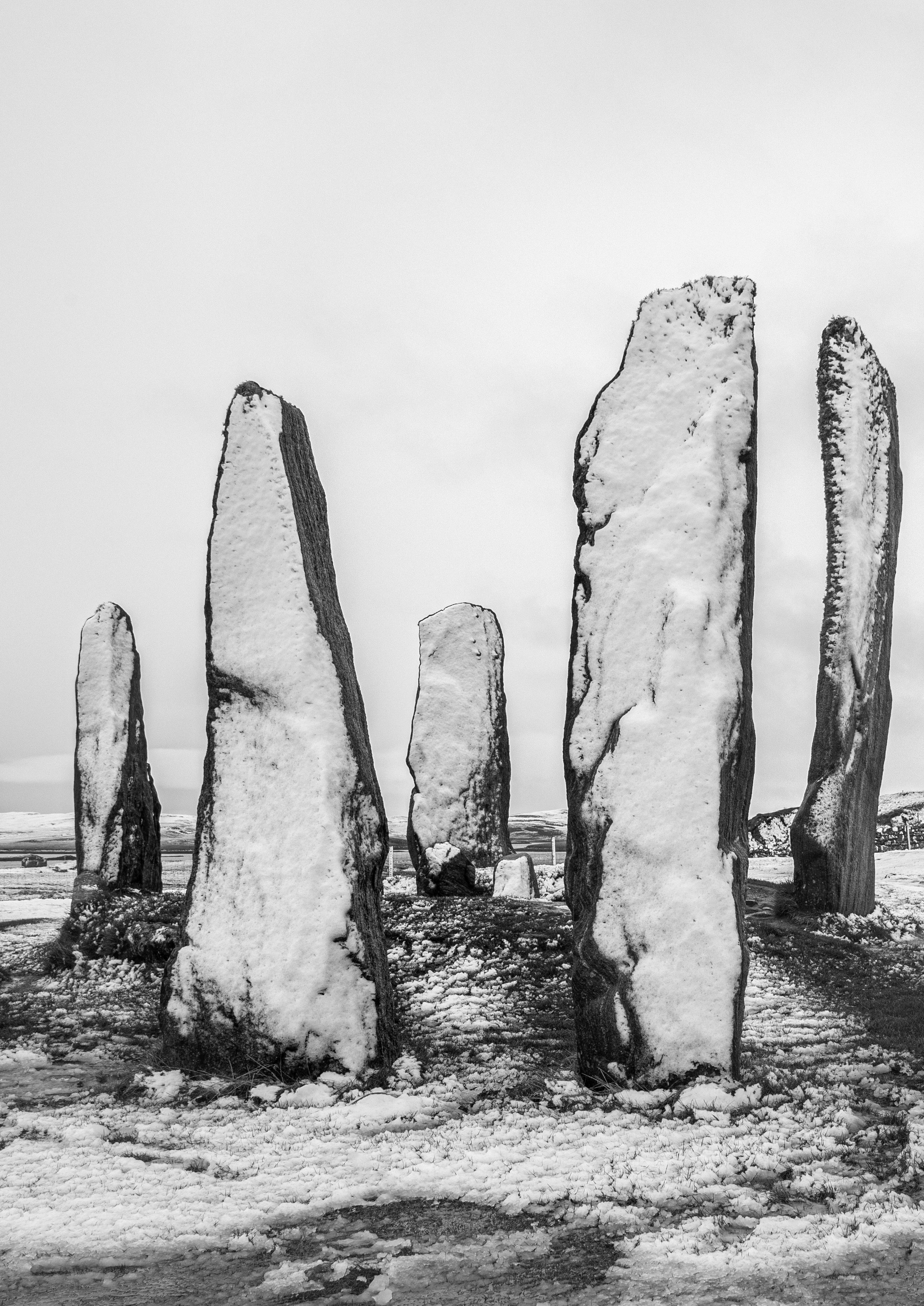
Venue Address: Leatherhead Institute, Room G6 67 High Street Leatherhead United Kingdom KT22 8AH



